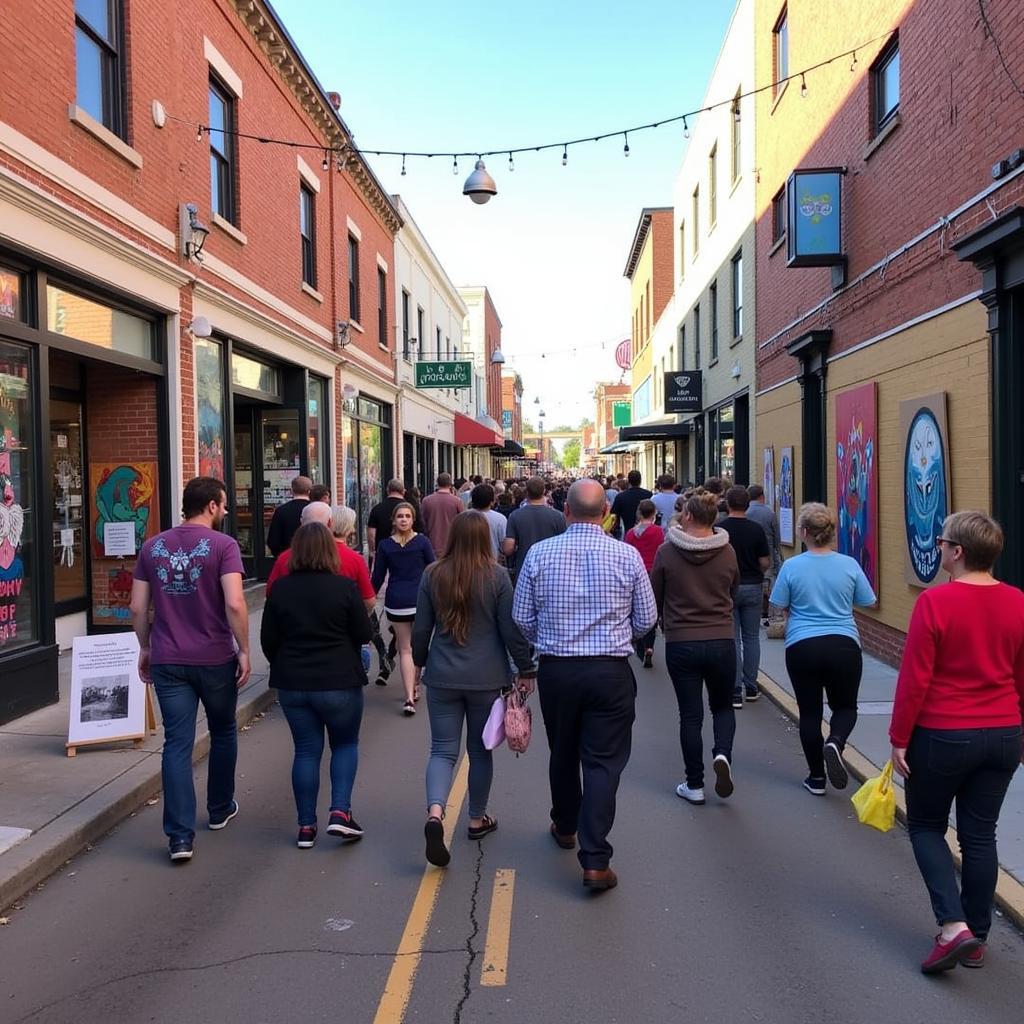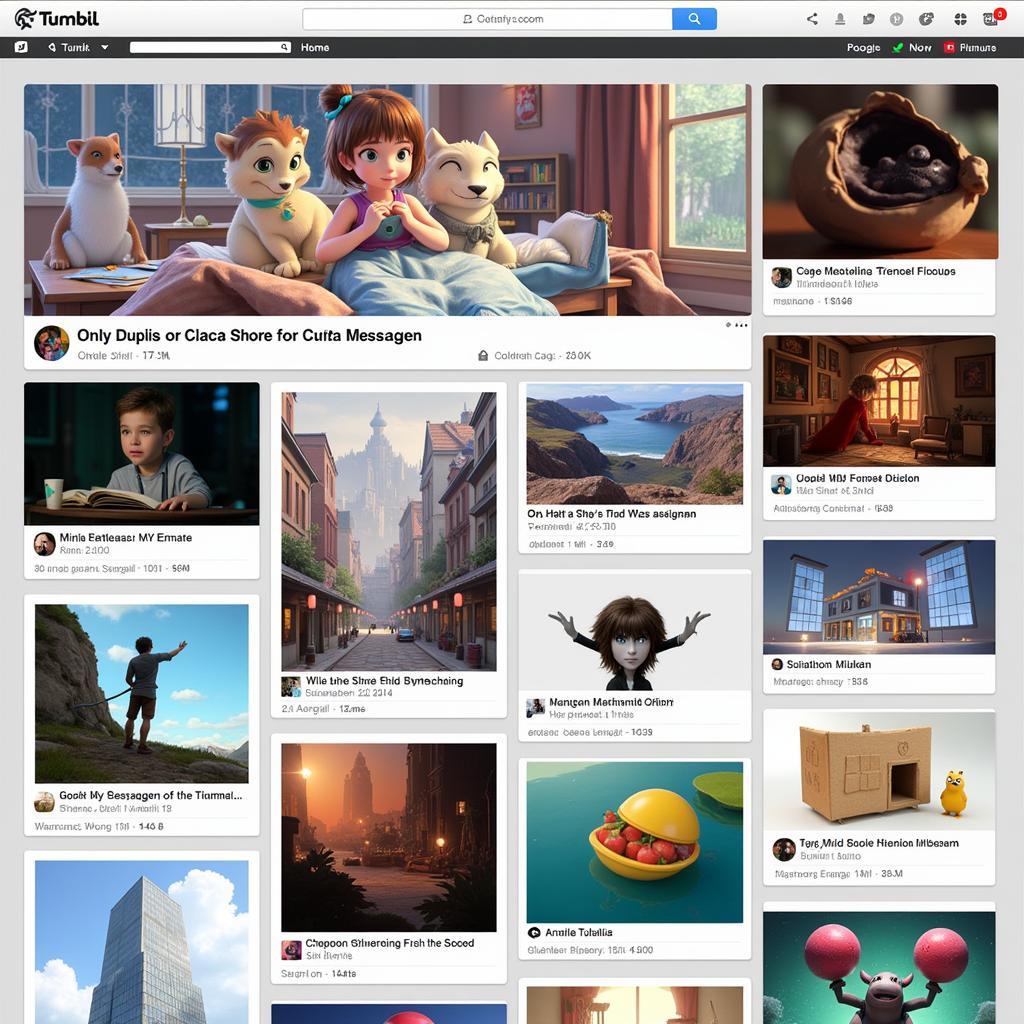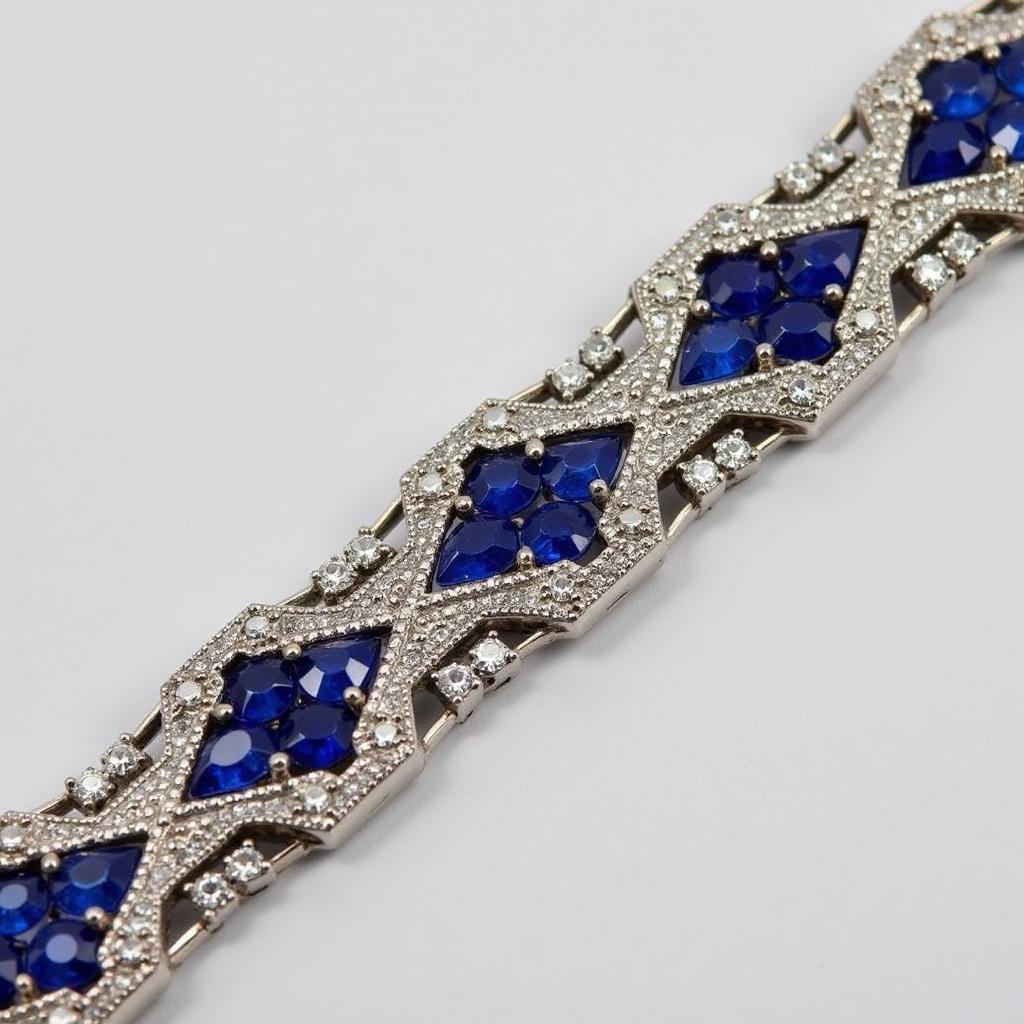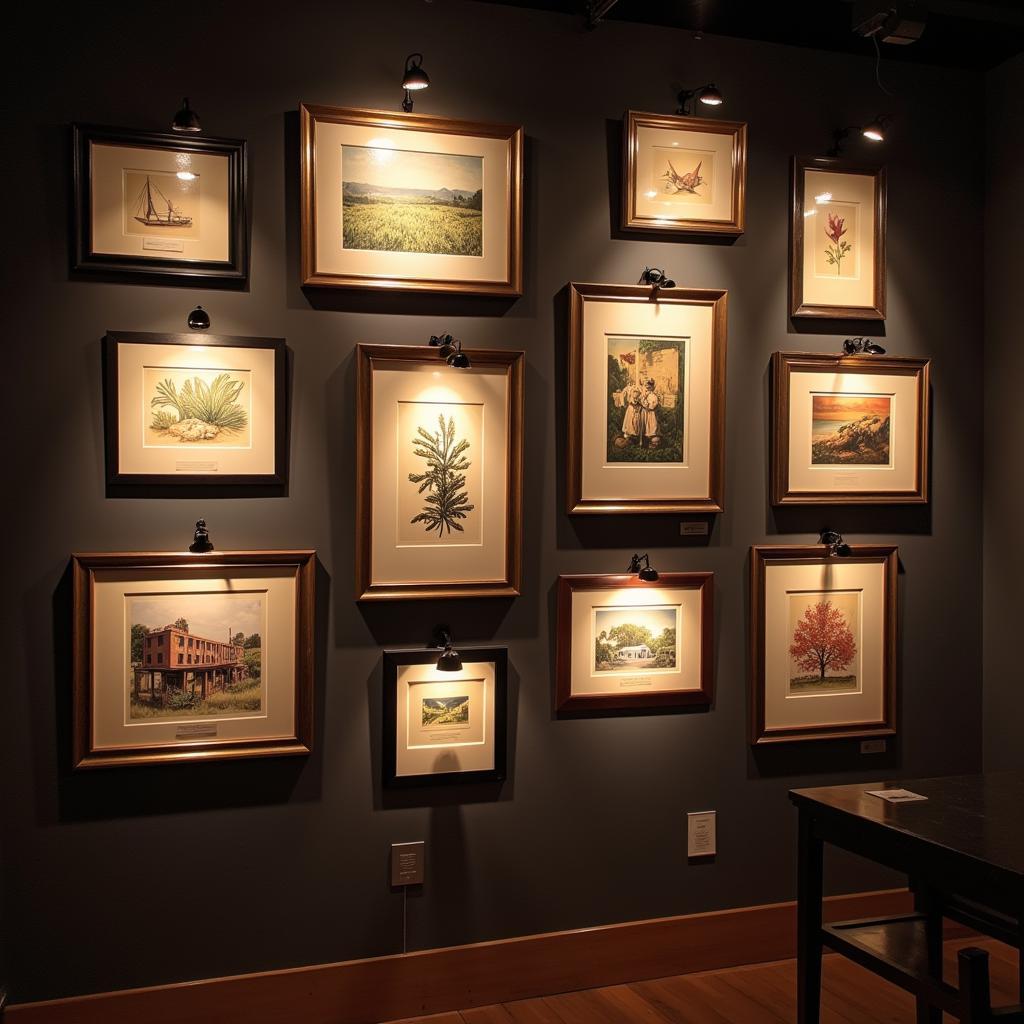**Discipline Art: Mastering Your Creative Journey**
Discipline Art is a term that encompasses various creative practices, including fine art, digital art, music, writing, and more, that are strengthened by consistent effort, dedication, and the development of specific skills. It’s about embracing a mindset of discipline, commitment, and passion to elevate your artistic potential.
This approach to creativity is about recognizing that artistic expression is a journey, not a destination. It’s about the continuous pursuit of self-improvement and pushing your creative boundaries.
Why is discipline important in art?
While passion fuels the initial spark of inspiration, discipline provides the structure and guidance to sustain your creative journey. It’s about setting goals, establishing routines, and working consistently towards your artistic aspirations.
Benefits of discipline in art:
- Improved skills: Regular practice helps you develop technical proficiency and a deeper understanding of your chosen medium.
- Enhanced creativity: Disciplined work habits provide a framework for exploring new ideas and pushing the limits of your imagination.
- Increased productivity: Consistent effort leads to a steady stream of creative output, enhancing your overall workflow.
- Greater satisfaction: Witnessing your progress through disciplined practice fosters a sense of accomplishment and satisfaction with your art.
Cultivating Discipline in Your Art Practice
Embracing discipline doesn’t mean stifling your creative spirit. It’s about finding a balance between freedom of expression and a structured approach. Here are some practical tips:
- Set clear goals: Define what you want to achieve with your art. What skills do you want to develop? What kind of work do you want to create?
- Establish a routine: Dedicate specific time slots for your artistic practice. This could be daily, weekly, or even a few times a week. Consistency is key.
- Create a dedicated workspace: Having a designated space for your art can help you focus and be more productive.
- Embrace challenges: Don’t be afraid to step outside your comfort zone and experiment with new techniques or styles. Challenge yourself to grow and learn.
The Role of Patience and Persistence
Discipline in art requires patience and persistence. There will be moments when you feel stuck or frustrated. It’s important to remember that the journey is just as important as the destination.
- Embrace mistakes: Mistakes are a natural part of the creative process. Learn from them and keep moving forward.
- Stay motivated: Find ways to stay inspired. Surround yourself with other artists, attend workshops, or explore new sources of inspiration.
- Celebrate your progress: Recognize your achievements, no matter how small they may seem. Reward yourself for your hard work and dedication.
acrylic framed wall art
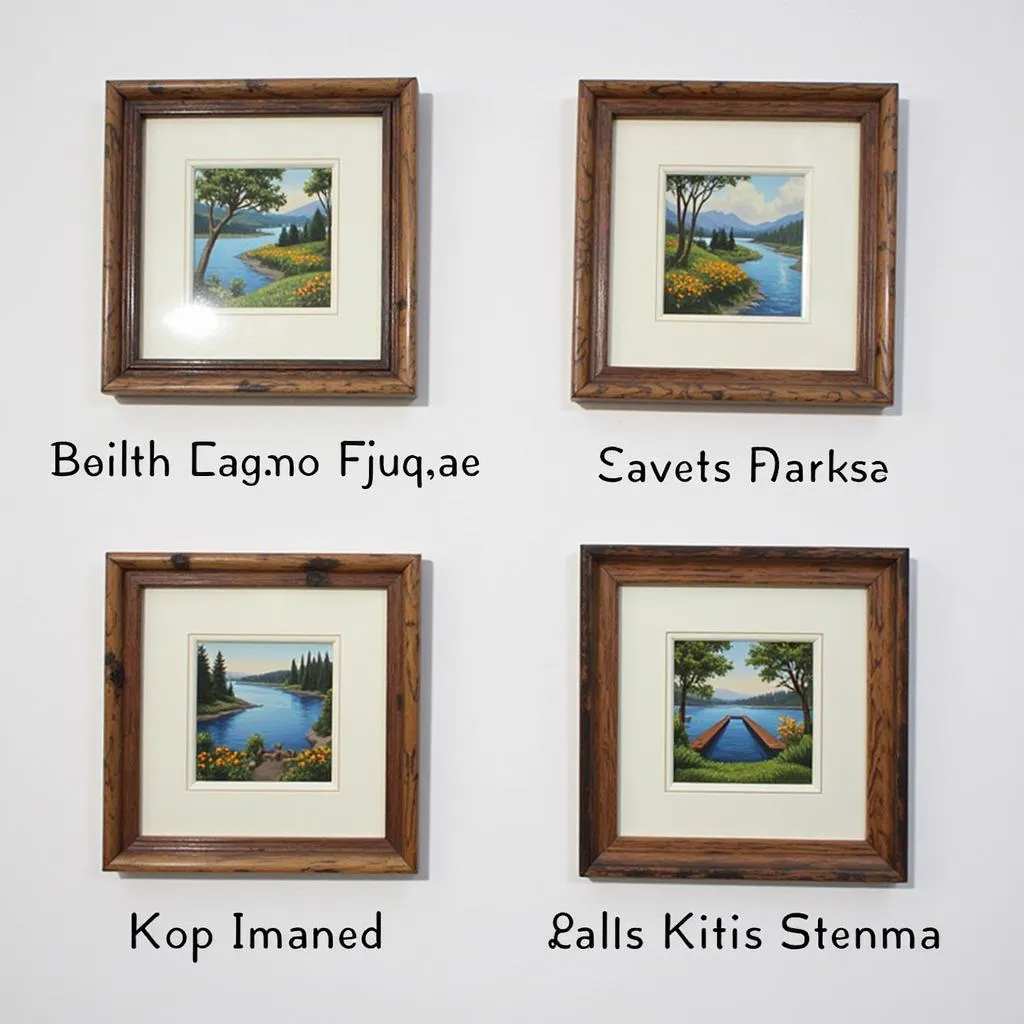 Acrylic framed wall art: A disciplined approach to art
Acrylic framed wall art: A disciplined approach to art
The Power of Discipline in Digital Art
Discipline is particularly important in the digital art world, where technology offers a vast array of tools and techniques.
- Mastering software: Software such as Photoshop, Illustrator, and Procreate requires dedicated time and practice to become proficient.
- Developing your digital style: Discipline helps you refine your artistic vision and develop a unique style in the digital realm.
- Overcoming distractions: The digital world can be filled with distractions. A disciplined approach helps you stay focused on your creative goals.
[pop art wall mural](https://danteum.com/pop art wall mural/)
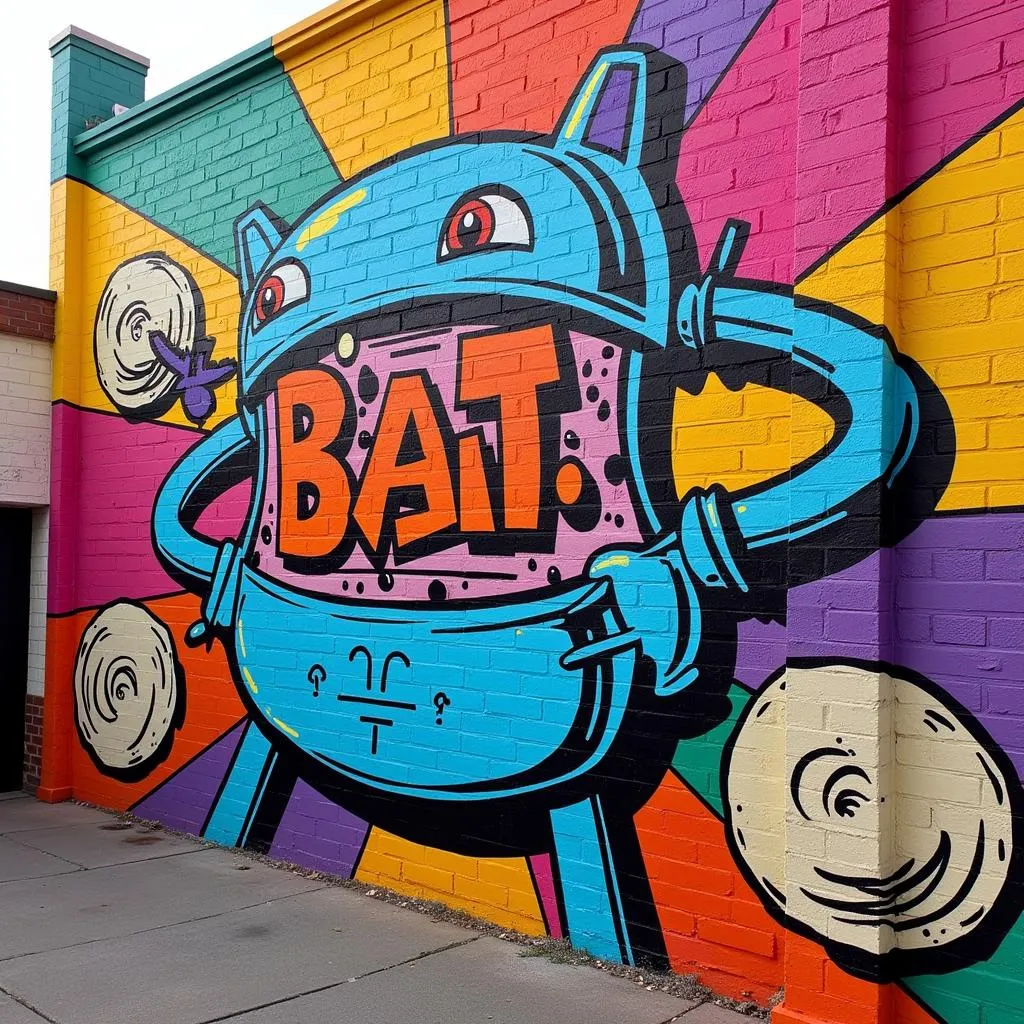 Pop art wall mural: A bold digital style
Pop art wall mural: A bold digital style
Finding Your Flow State
A disciplined art practice can help you reach a flow state, a state of deep focus and immersion in your work. It’s where creativity flows effortlessly and time seems to melt away.
- Create a conducive environment: Eliminate distractions and create a space where you can fully immerse yourself in your art.
- Engage all your senses: Immerse yourself in the sights, sounds, and textures of your chosen medium.
- Let go of self-judgment: Focus on the process of creating, not the outcome.
wall stencils art nouveau
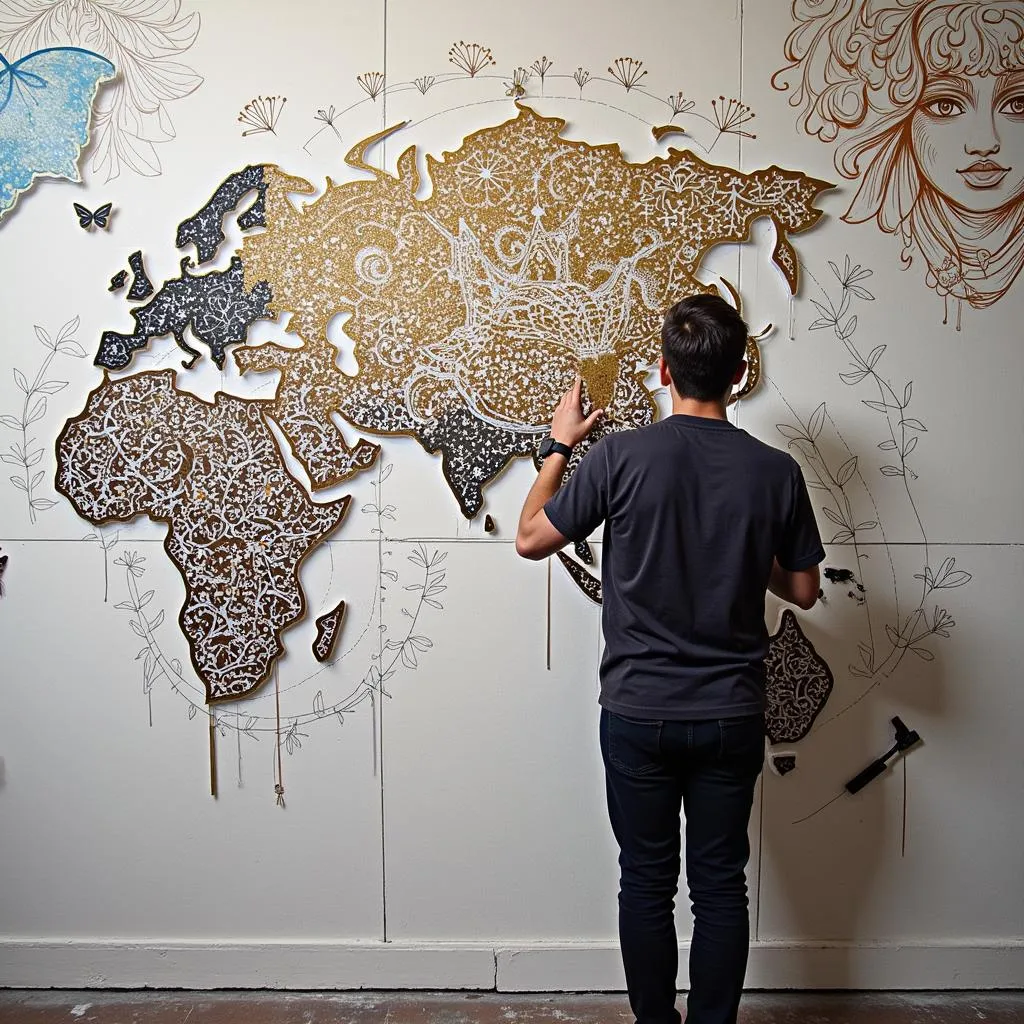 Wall stencils art nouveau: Achieving a flow state
Wall stencils art nouveau: Achieving a flow state
Conclusion
Discipline is a powerful tool for any artist. It provides the structure and guidance to help you achieve your creative goals. By embracing a disciplined approach, you can unlock your full artistic potential and create work that truly reflects your vision.
Remember: The journey of discipline is an ongoing process. It’s about continuous learning, self-improvement, and unwavering dedication to your craft. Embrace the challenge, and you’ll discover the transformative power of discipline in your art.
FAQ
Q: How do I overcome creative blocks?
A: Creative blocks are common. Try stepping away from your work, exploring new sources of inspiration, or engaging in other activities that spark your creativity.
Q: How can I stay motivated during long-term projects?
A: Break down large projects into smaller, manageable tasks. Celebrate your progress along the way, and remember why you started in the first place.
Q: What if I don’t have a natural talent for art?
A: Talent is overrated. Discipline and hard work can take you further than natural ability. Embrace the journey of learning and improvement.
Q: How long does it take to develop discipline in art?
A: There’s no set timeline. It’s a process of continuous effort and self-reflection.
Q: What are some examples of artists who embody discipline?
A: Many artists throughout history have demonstrated a strong commitment to their craft. Consider artists like Leonardo da Vinci, Michelangelo, Vincent van Gogh, and Frida Kahlo, who all invested significant time and effort in their art.
Q: What are some art forms that are highly dependent on discipline?
A: Music, writing, dance, and sculpture are examples of art forms that require substantial discipline to master.
Q: How does discipline differ from perfectionism?
A: Discipline focuses on consistent effort and self-improvement, while perfectionism often leads to procrastination and a fear of failure.
Q: How do I know if I am being too harsh on myself with discipline?
A: Balance is key. If you find yourself feeling overly pressured or discouraged, take a step back and reassess your approach.
Q: What are some tips for finding time for art when I have a busy schedule?
A: Prioritize your creative time. Schedule it into your calendar and treat it as an important appointment.
Q: Can discipline make me a better artist?
A: Yes, discipline can enhance your artistic skills, creativity, and productivity, leading to more fulfilling artistic expression.
Q: How can I build discipline in my art practice?
A: Start with small steps. Set achievable goals, establish routines, and gradually increase your commitment to your craft.

